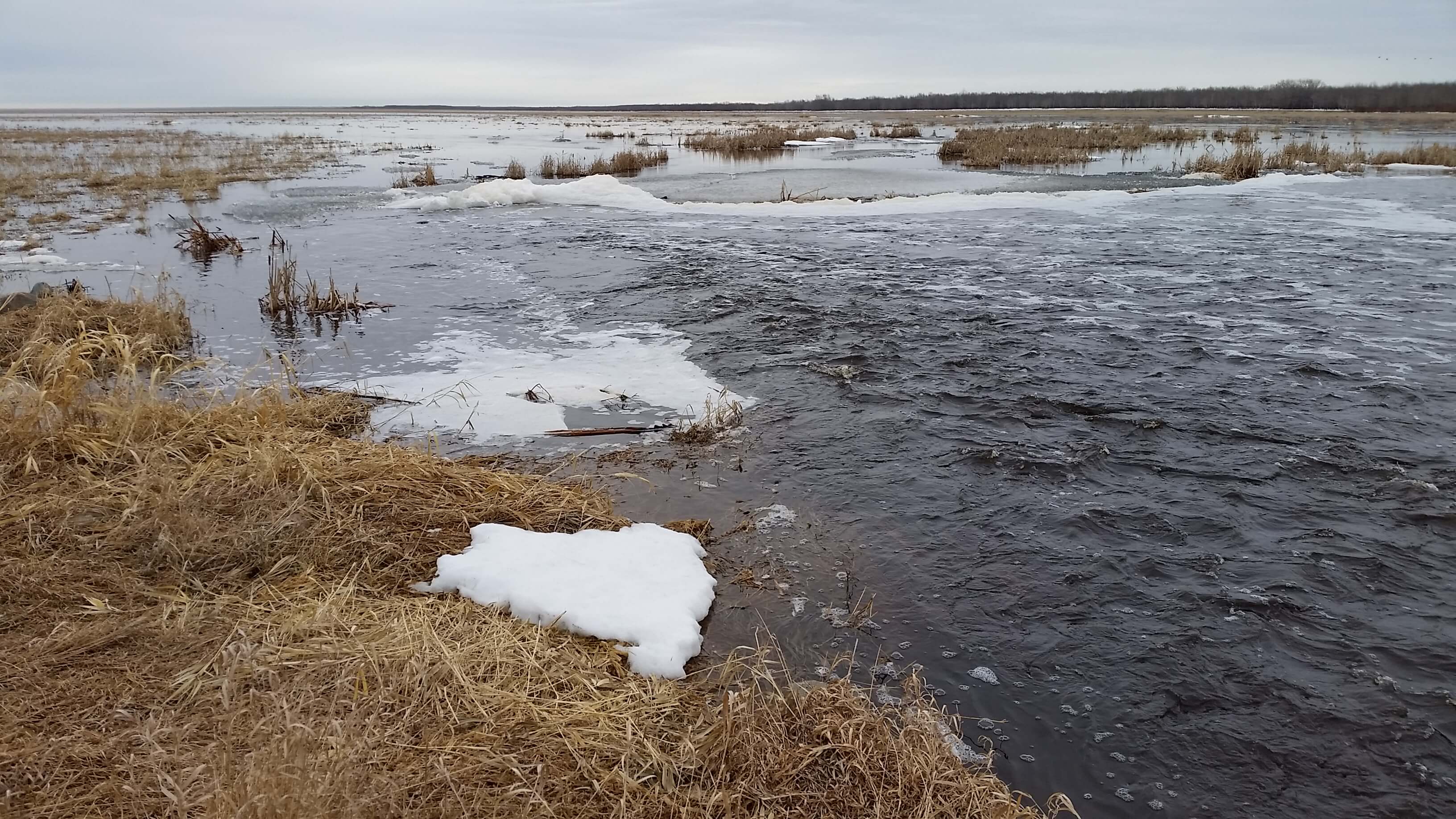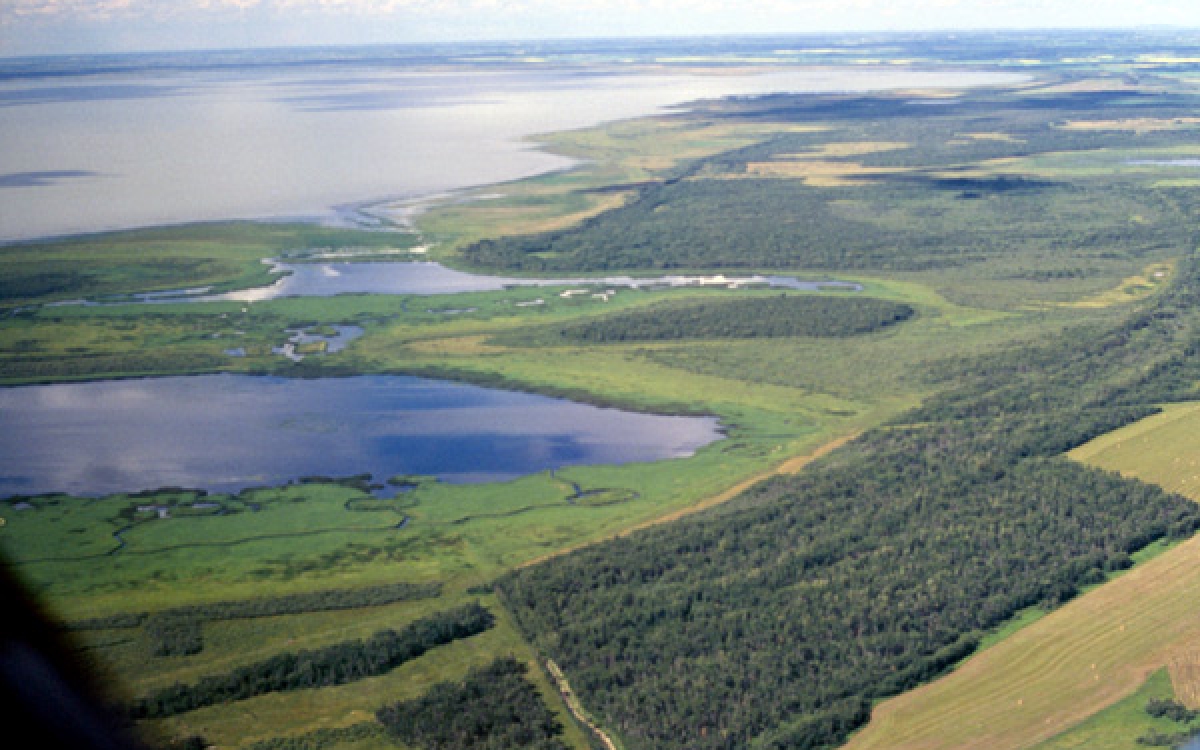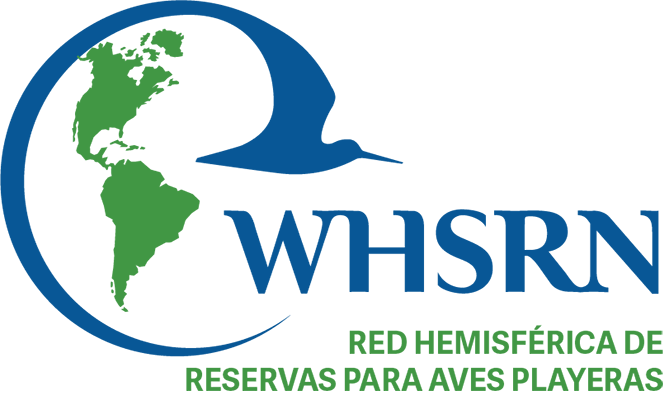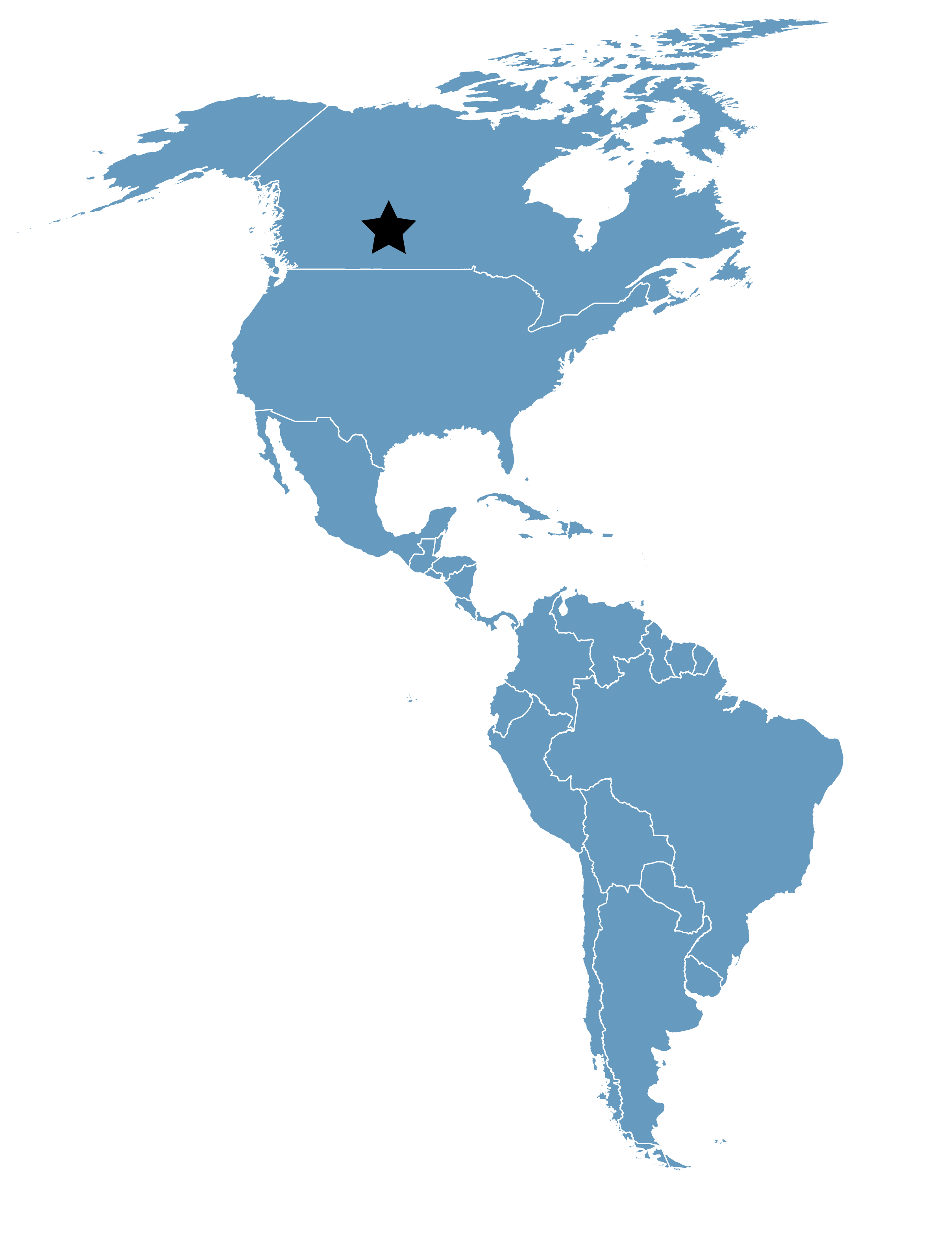Beaverhill Lake
Location
Alberta, Canada
Category
Regional
Basis for Designation
More than 20,000 shorebirds annually.
Size
14,310 hectares (35,360 acres)
Date Designated
May 1996
Site Owner
Government of Alberta
Site Partners
Ducks Unlimited Canada
Beaverhill Bird Observatory
Canadian Wildlife Service
Overview
This large, natural, inland lake is strongly alkaline and quite shallow with a maximum depth of 2-3 meters. The lake formerly drained through a creek in the north end to the North Saskatchewan River, but due to recent drought conditions the water level has not been high enough to spill for many years. Lister Lake attached to the south end of Beaverhill Lake is controlled by a weir constructed by Ducks Unlimited Canada and could be described as man-made or at least as a man-controlled basin. The shoreline of the lake is affected periodically by wind tide in which exposed mudflats would be reflooded for a short period depending on the intensity and direction of the wind. The topography of the surrounding area is flat to gently rolling with open grasslands (used as grazing areas for cattle) with a mix of aspen groves and willow stands. The shoreline is variable and includes shallow mudflats, narrow sandy beaches, and areas of dense emergent vegetation.
The maximum count of shorebirds using the site in the spring of 1989 was 23,442 individuals (only select portions of the area were counted because of logistical conditions so this figure does not represent the total lake). In the spring of 1995, the complete lake and adjacent wetlands were surveyed several times. The highest one day count of 52,334 shorebirds was observed on May 24, 1995. This does not take into consideration turnover rate of individual species. Therefore, the total number of shorebirds using the lake is probably higher.

Weir at Beaverhill Lake looking north. Photo: Geoff Holroyd.
The lake is used by local breeding shorebirds such as the American Avocet and Piping Plover, but the greatest use is by the arctic nesting shorebirds during migration in the spring. Surveys and general observations, from 1978-1995 show that migration use, for most shorebird species, is higher during the spring period of mid-May through the first week of June. A few species, such as the dowitchers, appear to use the area in higher numbers during the fall period which extends well into late September. Shorebirds use the lakeshore, adjoining wetlands and flooded uplands for feeding and roosting. Some of the larger species of shorebirds also use the adjacent cultivated uplands for feeding.
The lake is a major staging site in the spring for migratory geese and swans, as well as a molting and staging area for ducks in the summer and fall (such as Mallard, Anas platyrhynchos, Northern Shoveler, Anas clypeata, Green-winged Teal, Anas crecca, and Canvasback, Aythya valisineria). Numerous species of raptors, including the federally endangered, Peregrine Falcon are observed in association with the large concentrations of migratory birds. Large concentrations of colonial nesting birds have been recorded on the lake’s northern islands. The aspen groves adjacent to the lake provide important habitat for concentrations of neotropical migrants which are monitored by the Beaverhill Bird Observatory. The adjacent grasslands and woodland habitats are also important to a variety of mammalian and avian species.







